The Norwegians seem to like to dress traditionally for festivals and special occasions like the Germans do.
Wikipedia article about Norwegian National dress.
According to what I've just read on line, rural people in Sweden in the early 20th Century would have still been wearing clothes like this. I wonder what my great-grandfather was wearing as he stepped off the boat in 1901?
But why is this? I've been trying to figure out how the Swedes and Norwegians are different. From the outside so much of their culture seems the same ... hmmm. I know some of you reading these blogs know more about Scandinavia than I do. I would love some thought on this subject. I find it fascinating.
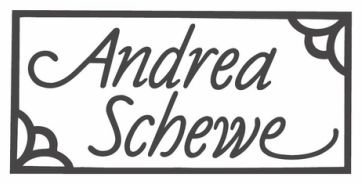
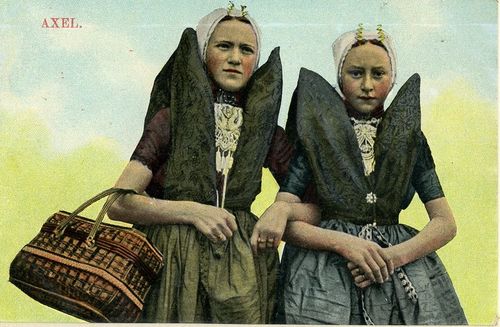
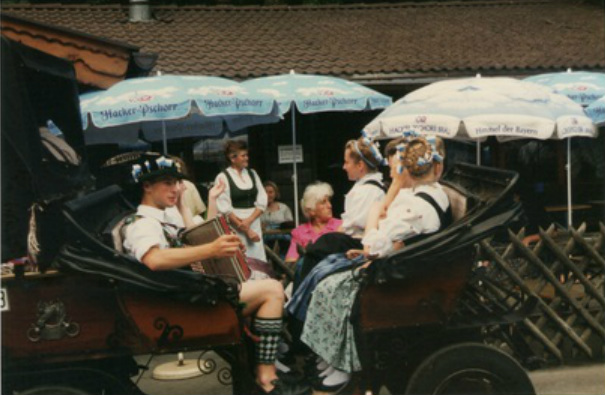
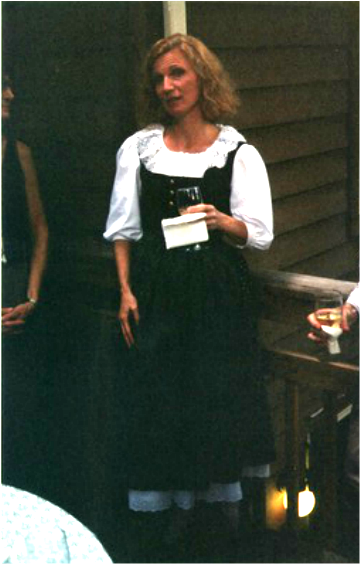
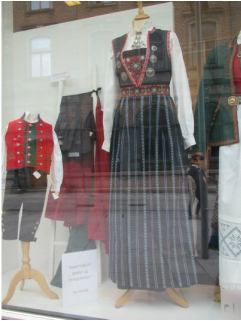
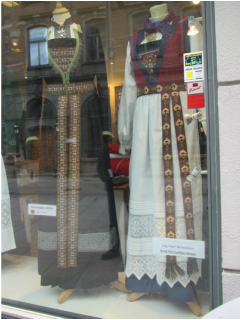
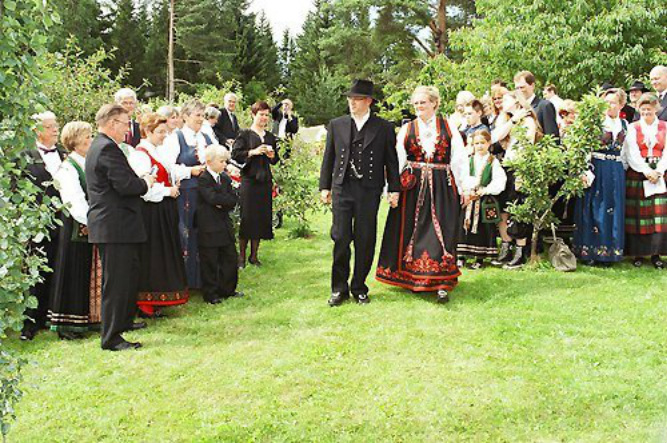
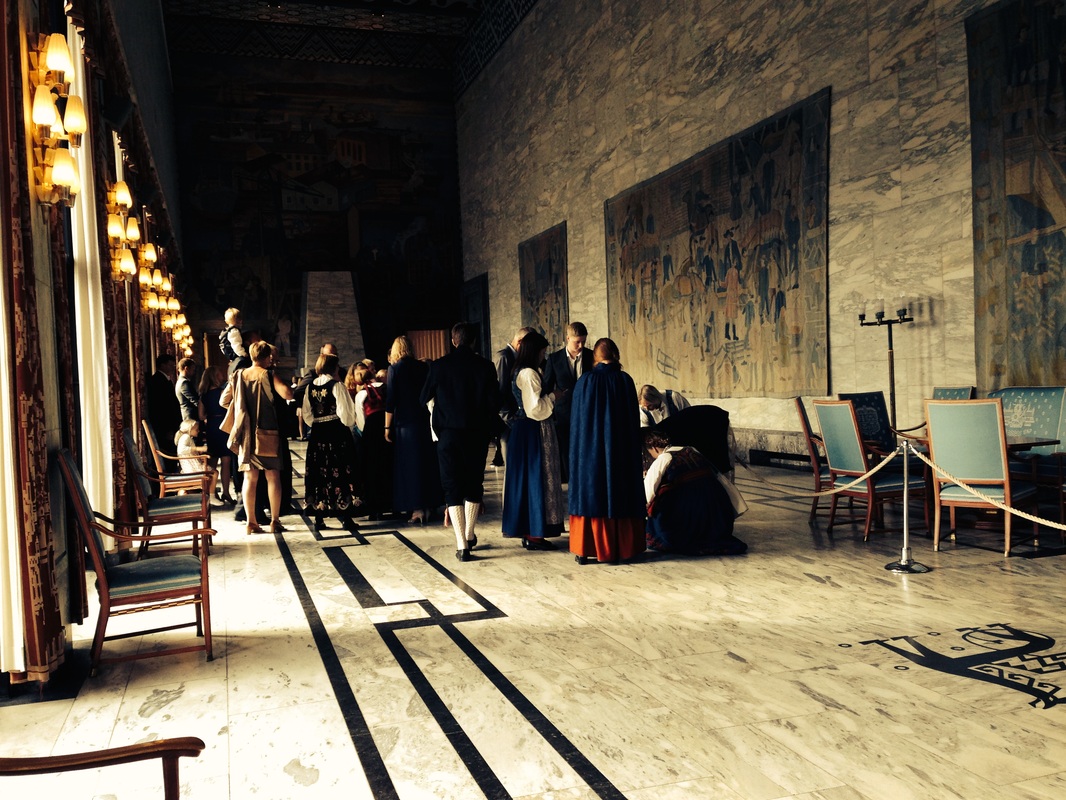
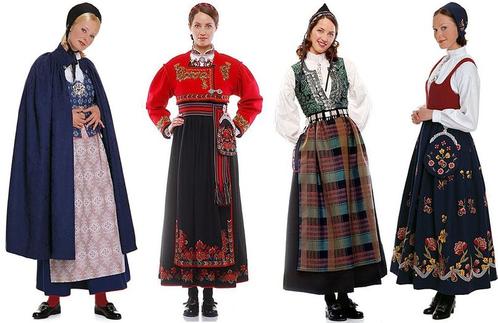
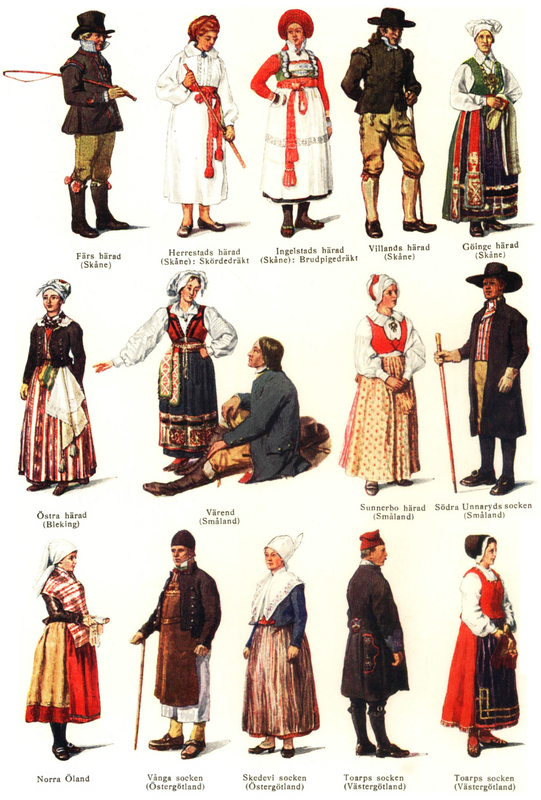
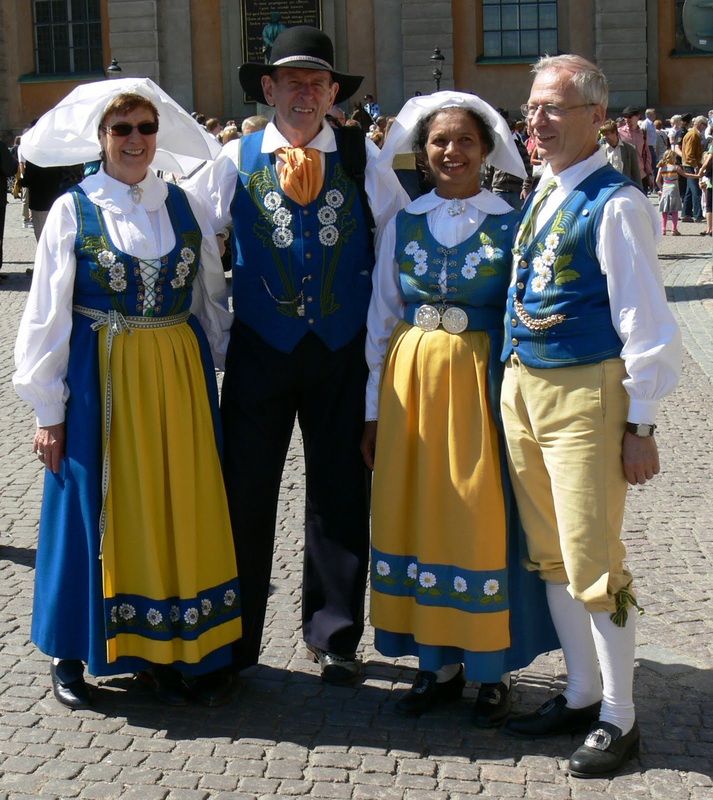
 RSS Feed
RSS Feed